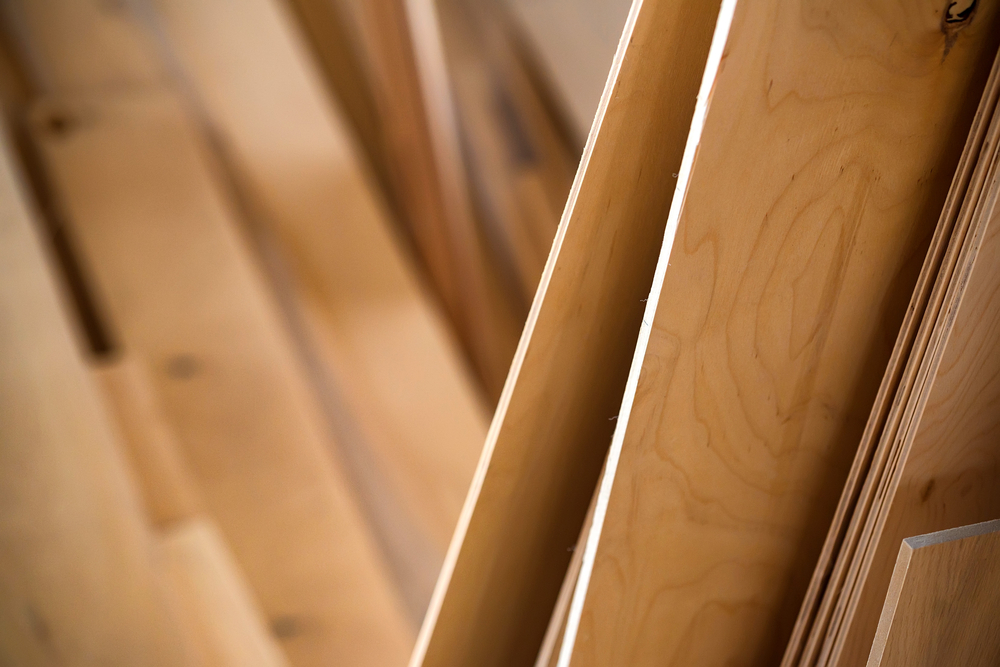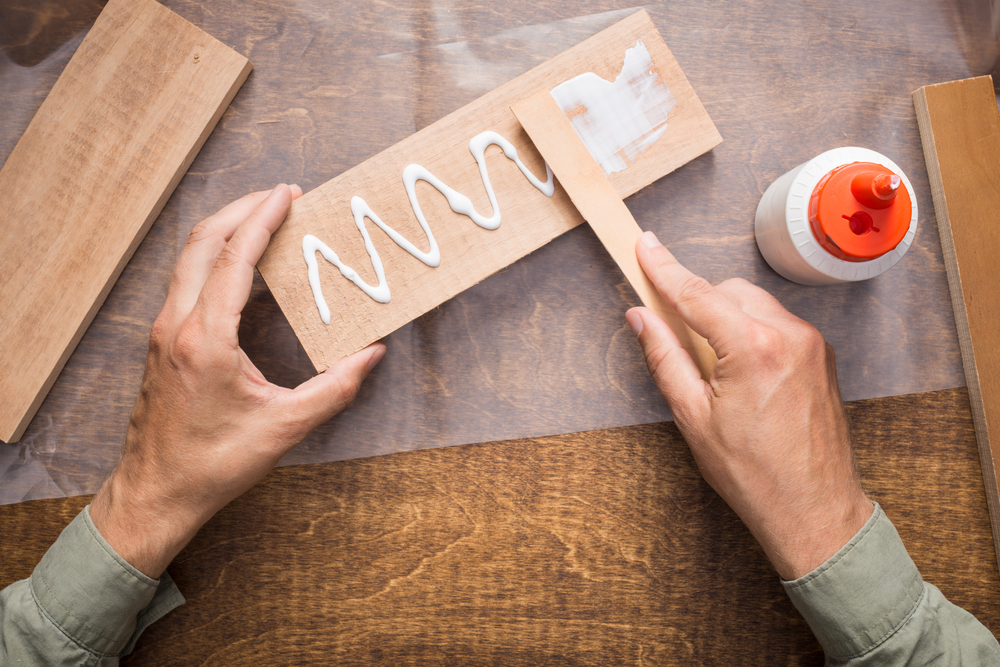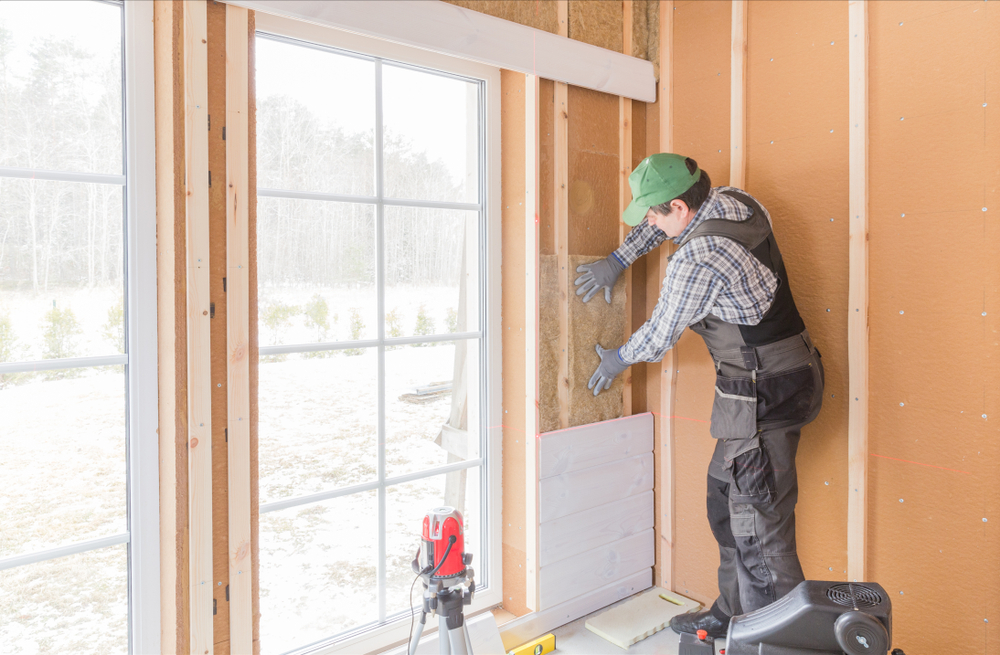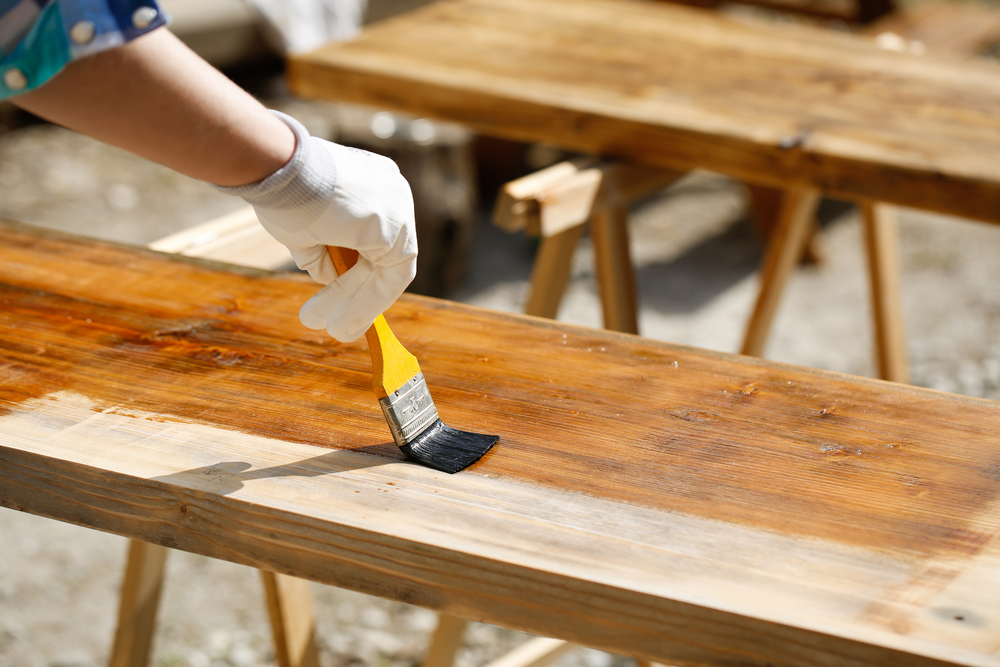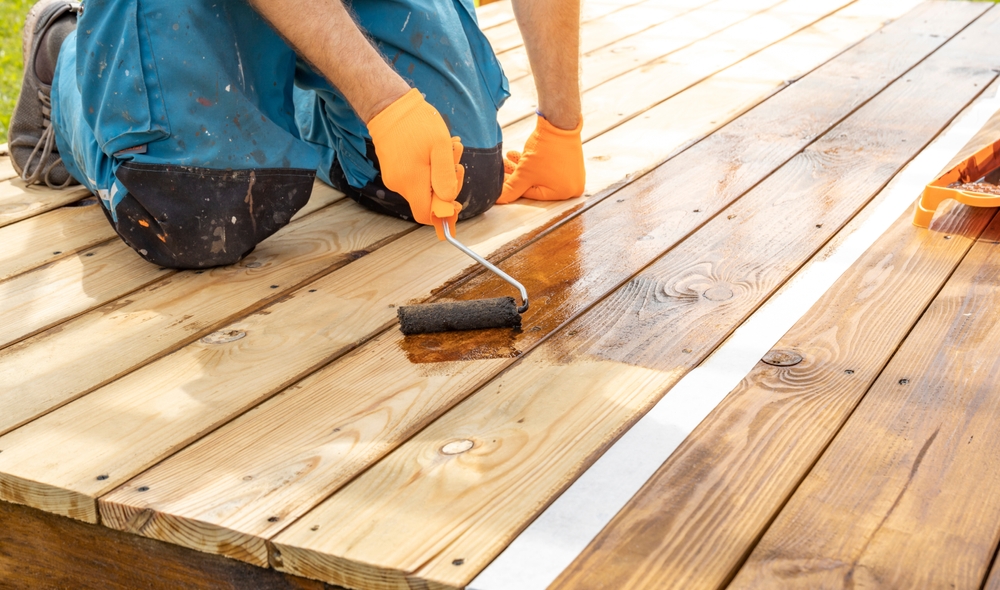Understanding the Basics of Creaky Stairs
Creaky stairs can be an annoying problem in homes. It’s a common issue, especially in older houses where materials have aged. This article will guide you through understanding and fixing this all-too-familiar nuisance efficiently.
Why Do Stairs Creak?
To fix creaky stairs, it’s helpful to understand why they creak in the first place. Stairs creak because of the friction between the treads (the part you step on) and the risers (the vertical sections). This noise often occurs when nails become loose or when wood shrinks due to seasonal changes in humidity. Other reasons include the loosening of glue or screws over time.
Tools You Will Need
- Hammer
- Nail set or punch
- Wood screws
- Drill (with appropriate drill bit)
- Wood glue
- Wooden shims
- Carpenter’s square
- Sandpaper
- Carpet or rubber pads (optional)
Inspect the Stairs
Begin by identifying which stairs are creaking. Walk slowly up and down, paying attention to where the noise originates. Mark these areas with chalk for easy identification. Once you’ve marked the specific areas, it’s time to inspect the stair structure for visible gaps or movement.
Fix Loose Nails
One of the simplest fixes involves hammering down loose nails. Find the noisy tread and closely inspect for lifted or loose nails. Use a hammer and a nail set to drive these nails back into place. Be careful not to damage the stair surface. If you notice a nail is loose, consider removing it and replacing it with a screw for a more permanent solution.
Screw Down the Treads
Nails becoming loose is a frequent problem. For a longer-lasting solution, consider replacing the nails with screws. Use the drill to make pilot holes in locations where nails were removed or directly into loose sections. Drive wood screws into these pilot holes securely. This method reduces movement between the tread and riser, tightening your stair construction significantly.
Use Glue for Minor Gaps
If the creak stems from minor gaps between the tread and riser, adding a bead of wood glue can often resolve the issue. Apply the glue into the gap and press the two pieces of wood together. Use clamps if necessary to hold them in position until the glue dries completely. Be careful to wipe away any excess glue to maintain a clean finish.
Installing Wooden Shims
Shims are small wedge-shaped pieces of wood used to fill gaps and tighten connections. To apply shims, identify the gap between the tread and riser or the stair stringer. Gently tap shims into these spaces until the creak ceases. Once satisfied, secure the shims with wood glue, ensuring they stay in place.
Reinforce with Extra Screws
If after performing these steps the creak persists, consider further reinforcement. Drill additional screws into the joints between the treads and risers, especially where the noise was most pronounced. Use the carpenter’s square to ensure correct alignment before securing.
Sand Down Uneven Surfaces
Speaking of staying secure, sometimes creaking results from uneven surfaces. Use sandpaper to smooth out any rough patches on your stairs. This step aids in reducing friction and potential movement. Pay close attention to joints and seams where pieces of the stair meet.
Add Carpeting or Rubber Pads
If you want to take extra measures to dampen noise, consider adding carpet or rubber pads. Carpet can make the stairs significantly quieter. Rubber pads, on the other hand, can be placed strategically under steps. They help absorb sound and also prevent slippage, providing an added safety feature.
Regular Maintenance
Once fixed, regular maintenance is essential to keep stairs quiet. Check the stability of your stairs once every few months. Look for any new gaps or movements. Tightening loose screws and applying wood glue as required will go a long way in maintaining silence.

